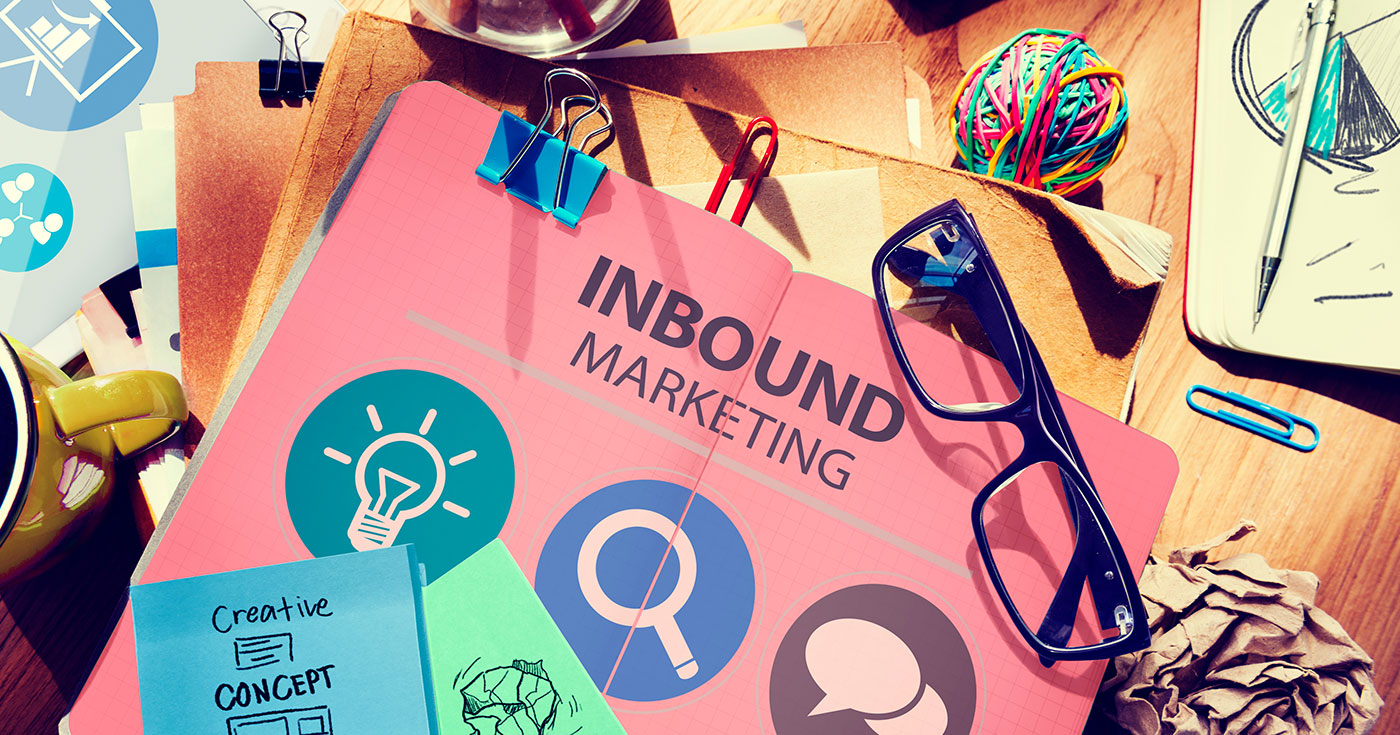In the dynamic landscape of digital marketing, inbound marketing has emerged as a powerful strategy for attracting, engaging, and delighting customers. Unlike traditional outbound marketing, which pushes products or services to potential customers, inbound marketing focuses on creating valuable content and experiences tailored to the needs of your audience. This method not only generates qualified leads but also builds trust and establishes lasting relationships. As a HubSpot partner, MINDSCAPE is uniquely positioned to help you leverage the power of inbound marketing.
What is Inbound Marketing?
Inbound marketing is a methodology that attracts customers by creating valuable content and experiences tailored to them. According to HubSpot, the inbound methodology is composed of four stages: Attract, Convert, Close, and Delight.
- Attract: Drawing in the right people with valuable content and conversations that establish you as a trusted advisor with whom they want to engage.
- Convert: Converting visitors into leads by gathering their contact information, typically through forms on landing pages.
- Close: Transforming leads into customers through targeted communications that nurture them through the buying process.
- Delight: Ensuring your customers are so happy with your product or service that they become promoters of your brand.
The Impact of Inbound Marketing
Inbound marketing has proven to be highly effective, especially in today’s digital age where consumers are more informed and selective about the content they consume. Here are some key impacts of inbound marketing:
- Increased Website Traffic: By creating and sharing content that addresses the needs and problems of your target audience, you can attract more visitors to your website. According to HubSpot, companies that blog regularly receive 55% more website visitors than those that do not.
- Higher Quality Leads: Inbound marketing attracts individuals who are actively seeking information relevant to your industry, which means they are more likely to be interested in your products or services. HubSpot notes that inbound leads cost 61% less on average than outbound leads.
- Improved Customer Relationships: Through continuous engagement and personalized communication, inbound marketing helps build strong relationships with customers, leading to higher satisfaction and loyalty.
- Enhanced Brand Authority: By consistently providing valuable and insightful content, you establish your brand as an authority in your industry. This not only boosts credibility but also attracts more prospects who trust your expertise.
How to Get Started with Inbound Marketing
Embarking on your inbound marketing journey can seem daunting, but with a structured approach, you can effectively implement this strategy. Here’s how to get started:
- Define Your Buyer Personas: Understanding your target audience is the first step in inbound marketing. Create detailed buyer personas that include demographic information, challenges, goals, and behavior patterns. This helps in tailoring your content to meet their specific needs.
- Conduct Keyword Research: Identify the keywords and phrases your audience is searching for. Tools like HubSpot’s SEO tool can help you find high-volume, low-competition keywords that you can target in your content.
- Create Valuable Content: Start creating content that addresses the pain points and interests of your buyer personas. This could include blog posts, ebooks, whitepapers, videos, and infographics. Ensure your content is optimized for SEO to improve its visibility on search engines.
- Optimize Your Website: Your website is the hub of your inbound marketing strategy. Make sure it is user-friendly, mobile-responsive, and optimized for search engines. Use landing pages and forms to capture lead information.
- Utilize Social Media: Promote your content on social media platforms where your audience is active. Engage with your followers by responding to comments, answering questions, and participating in relevant conversations.
- Implement Email Marketing: Use email marketing to nurture your leads and guide them through the buyer’s journey. Segment your email lists to send targeted content to different segments of your audience.
- Analyze and Adjust: Regularly review your inbound marketing efforts to see what’s working and what’s not. Use analytics tools to track metrics like website traffic, lead conversion rates, and engagement levels. Make data-driven adjustments to optimize your strategy.
Inbound marketing is not just a trend; it’s a strategic approach that aligns with the way modern consumers make purchasing decisions. By attracting potential customers with valuable content, converting them into leads with targeted offers, closing sales through personalized communication, and delighting them with exceptional experiences, businesses can achieve sustainable growth.
Key Takeaways
- Inbound marketing focuses on attracting, engaging, and delighting customers through valuable content.
- It has a significant impact on website traffic, lead quality, customer relationships, and brand authority.
- Getting started with inbound marketing involves defining buyer personas, conducting keyword research, creating valuable content, optimizing your website, utilizing social media, implementing email marketing, and continuously analyzing and adjusting your strategy.
At MINDSCAPE, we specialize in helping businesses harness the power of inbound marketing. As a HubSpot partner, we have the tools and expertise to guide you through every stage of the inbound methodology. Contact us today to learn how we can help you achieve your marketing goals with inbound marketing.
References:






